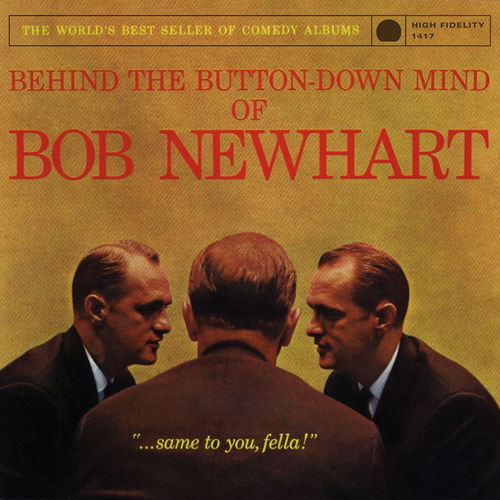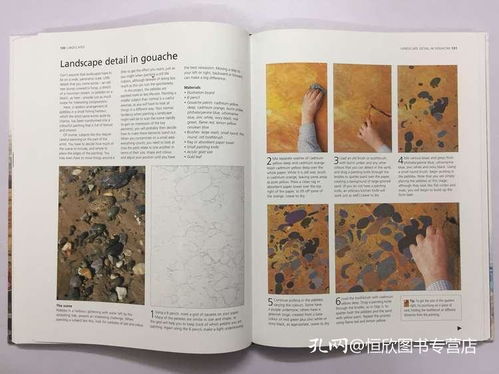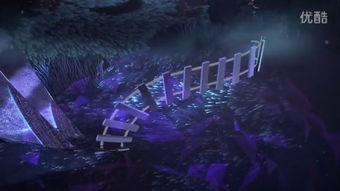How to Master the Art of Bait Fishing: A Comprehensive Guide with Trolling Techniques and Diagrams
Bait fishing, with its timeless charm and effectiveness, remains a favorite among anglers of all levels. Among the various techniques, trolling with white baits has gained popularity for its ability to attract a wide range of fish species. In this article, we'll delve into the intricacies of how to hang white baits for fishing, offering a detailed guide with techniques and diagrams to help you become a master of this fishing art.
Understanding White Baits
Before we dive into the fishing techniques, it's essential to understand what white baits are. White baits are small, silvery fish that are commonly used as bait in freshwater and saltwater fishing. They are preferred for their natural appearance and scent, which makes them highly attractive to a variety of fish species. Common types of white baits include smelt, shad, and sardines.
Choosing the Right Equipment
The first step in mastering white bait fishing is to ensure you have the right equipment. Here's a list of essential gear:
Rod and Reel: A medium-heavy action rod with a spinning reel is ideal for white bait fishing. The rod should be long enough to cast the bait effectively and strong enough to handle the fight.
Line: Use a monofilament line with a breaking strain of 10-15 pounds. The line should be strong enough to handle the fish but also flexible enough to allow the bait to swim naturally.
Leader and Hook: A leader of 12-18 inches in length with a small, sharp hook (size 6-10) is sufficient. The leader is used to prevent the bait from being eaten by other fish before it reaches the target species.
Bait Holder: A bait holder or a split shot is used to keep the bait at the desired depth. It's attached to the line above the hook.
Trolling Motor: A small trolling motor can be a game-changer, allowing you to maintain a steady speed and depth while you focus on fishing.
How to Hang White Baits
Now that you have the right equipment, let's discuss how to hang white baits effectively:
Prepare the Bait: Begin by gutting and scaling the white bait. This step is crucial as it ensures the bait is as natural as possible.
Attach the Leader: Thread the leader through the eye of the hook and tie a secure knot, such as an improved clinch knot. Leave enough length to attach the bait holder.
Hook the Bait: Insert the hook through the mouth of the bait, ensuring it's positioned in the right place to be eaten by the fish.
Attach the Bait Holder: Slide the bait holder onto the line above the hook. Adjust the position so that the bait is about 2-3 feet above the bait holder.
Cast and Troll: Cast the line out and engage the trolling motor to maintain a steady speed. The ideal speed for white bait fishing is around 1-2 knots.
Trolling Techniques and Diagrams
To enhance your chances of success, here are some advanced trolling techniques with accompanying diagrams:
Wiggle Technique: After casting, allow the bait to sink to the desired depth. Then, gently wiggle the rod tip to mimic the natural swimming motion of the bait. This technique is particularly effective for targeting species like trout and bass.

Jigging Technique: Once the bait reaches the desired depth, start jigging the rod tip up and down in short, sharp movements. This technique is great for triggering strikes from fish that are inactive or feeding near the bottom.

Rigging the Bait Holder: Experiment with different depths by adjusting the position of the bait holder. This can be done by sliding the bait holder up or down the line. A diagram below illustrates how to rig the bait holder for different depths.

Conclusion
Mastering the art of bait fishing, especially with white baits, requires patience, practice, and a good understanding of the techniques involved. By following the steps outlined in this guide and experimenting with different techniques, you'll be well on your way to becoming a proficient white bait fisherman. Happy fishing!












